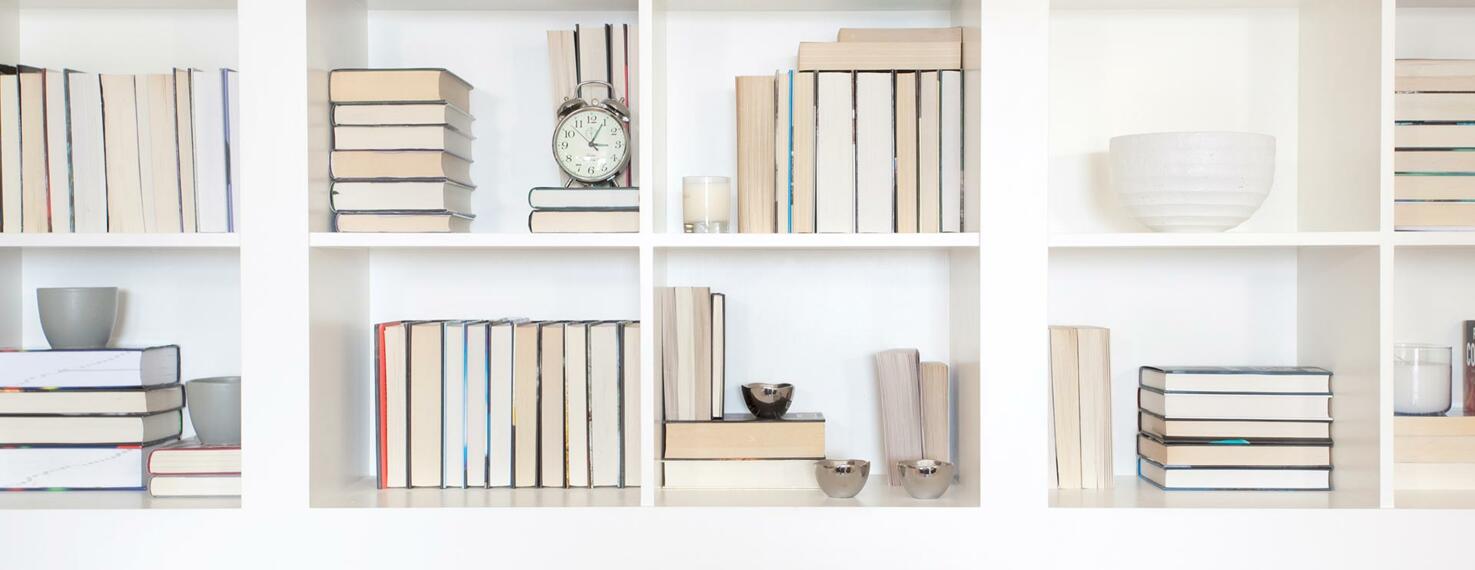
How does the tread influence the behaviour of the wheel?
A distinction is made between hard and soft tread materials. The harder materials include, for example, plastics such as polyamide or polypropylene, and cast iron. These materials are resistant to corrosion and breakage and can also be used at high temperatures. Cast iron in particular can withstand extreme temperatures from -100°C to +600°C and has a very high load-bearing capacity. Harder treads can cause damage to floors, however, so they are not recommended for sensitive floors.
Softer materials include rubber and polyurethane (PUR). These are extremely kind to floors and can be used in many areas. In the case of polyurethane, a distinction is also made between the cast and injection-moulded versions. Cast PUR is of higher quality, whereas injection-moulded PUR is slightly easier to manoeuvre.
The tread profile
Tyre treads often have a round, flat or trapezoidal cross-section. When we compare wheels that have exactly the same properties but different profiles, we see that a change in the profile or contact area occurs when a load is applied, and this changes the starting and rolling resistance. The contact area is initially larger with a trapezoidal profile than with a round profile, but smaller than with a flat profile. As the load increases, however, there is a displacement of the contact surface. In general, the smaller the contact area, the less force is required to overcome the starting and rolling resistance.
With a wheel or tyre, a point load, which can be very intensive, can also occur due to a locking device. In order to avoid problems, here, a material with good resilience must be selected.
